On March 1st, about nine weeks ago, Tesla's newest model equipped with its latest version of Autopilot crashed into the side of a semi-trailer and killed the occupant in the Tesla. The vehicle did not slow down. It did not make any moves to avoid the huge object blocking its path. According to the NTSB, it hit the trailer across its lane at 68 MPH (13 MPH above the legal limit for that road).
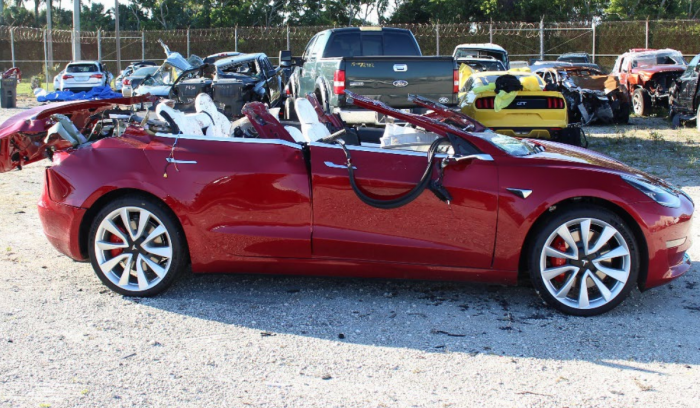
Related Story: NTSB 2019 Crash Report Deja Vu- Tesla Model 3 While On Autopilot Drove Straight Into Truck Killing Occupant
Multiple Fatal Tesla Autopilot Crash Types
This wasn't the first time that a Tesla has crashed into a huge object in its path while Autopilot was in control of the vehicle. In fact, it wasn't even the first time a Tesla had hit a semi-trailer while Autopilot was in control killing its occupant. So what will it take for the National Highway Traffic Safety Administration (NHTSA) to act and force Tesla to recall or disable this flawed system? Simple. The death of a single first responder or other special "civilian" of note.
Related Story: Watch A Tesla On Autopilot Crash Into A Highway Barrier (No Injuries)
Every Model Type Tesla Builds Has Had A Fatal Autopilot Crash
Tesla presently sells three models of vehicles. The full-size Model S luxury-performance sedan, the Model X luxury minivan-crossover, and the Model 3 premium-performance compact sedan. Every one of these models has now killed its occupant when the Autopilot system was engaged by driving directly into something obviously in its way. For example, a Model X drove into a highway median barrier. In each case, the Autopilot system drove the vehicle directly into a static or slow-moving object in its path that any attentive driver would have seen well in advance. Weather has never been a factor. None of the fatalities occurred on twisty one-lane roads. They were all on open stretches of highway. None were caused when another vehicle hit a Tesla. The Autopilot system simply drove the vehicle directly into something big without slowing down, and without trying to avoid the object in its path.
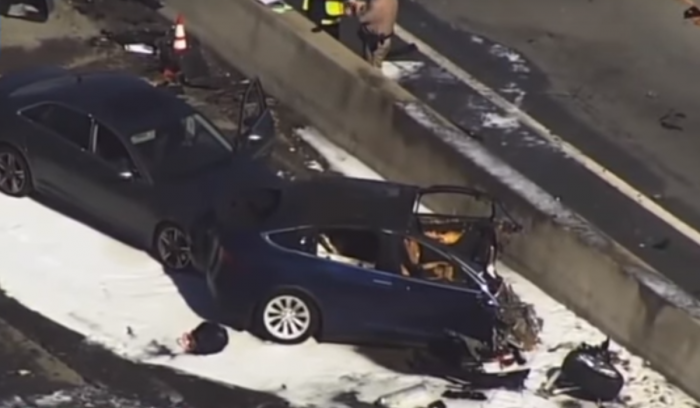
Teslas On Autopilot Hit Many Different Types of Things
Semi-trailers and roadway barriers are not the only huge and highly-visible objects that Autopilot has driven directly into. At least three Teslas being operated by Autopilot have been reported as driving into the back of firetrucks that had stopped to do their duty assisting other motorists. These were emergency vehicles with lights flashing painted in colors that are intended to make them as visible as possible. Another Tesla being operated by Autopilot drove straight into the back of a parked police SUV.
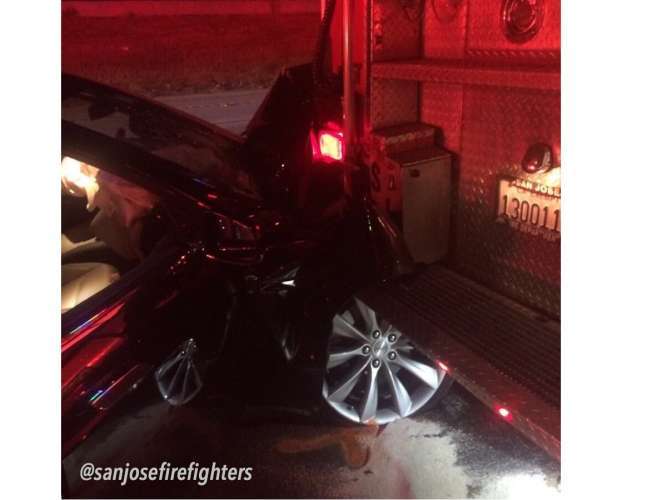
Related Story: Third Tesla Crashes Into Back of Firetruck - That's Four Crashes Into Emergency Vehicles This Year
Tesla Deaths and First Responders
What it will take for Tesla's Autopilot system to be pulled from the market is simple. The death of a single first responder or possibly an innocent bystander. Tesla has so far dodged a bullet. Its Autopilot system has been killing the owner/occupants of the Tesla cars that Autopilot crashes, but none of the people in the vehicles that Autopilot drove into have been killed - yet.
America is a funny country in some ways. We value the lives of some citizens more than others. Some of the lives we value more than others include first responders and children. Teslas on Autopilot have not yet killed any of these special citizens. Just Apple employees, former military specialists, and other types of us. Not the sort of person who's untimely passing hits that special spot in our collective psyche that forces us to take immediate and significant action.
NHTSA Action On Autopilot Deaths
Hopefully, Tesla will fix its flawed Autopilot system. Hopefully, the last death and the last crash of a Tesla operated by Autopilot has come and gone. However, if it has not, and if a special member of society is the next to die, expect Tesla's Autopilot system to be pulled from the market by NHTSA.
Related Stories:
The Occupants Of This Toyota Prius Squished By A Tractor Trailer Are OK
Driver Walks Away From Brutal Toyota Crash With Just Scratches
Weekly Recap - Subaru WRX Crashes
Image Note: The images used here have credits listed within the links in the story.










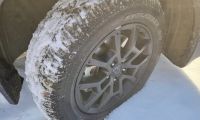
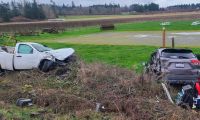
Comments
Tesla is taking the biggest
Permalink
Tesla is taking the biggest risk of any of the automakers today by committing to build and sell an autopilot system that is available in all of their vehicles. Having a working autopilot system in future cars will probably save thousands of lives each year just as seatbelts, airbags, traction control and antilock brakes do today. The problem is not actually that people can die in an autopilot driven car, the problem is that some people believe that they should drive 100% perfectly, always and forever. A few facts...Nearly 1.25 million people die in road crashes each year, on average 3,287 deaths a day. An additional 20-50 million are injured or disabled.
More than half of all road traffic deaths occur among young adults ages 15-44.
Road traffic crashes rank as the 9th leading cause of death and account for 2.2% of all deaths globally. Just TODAY over 100 people will die in a car in the U.S. It is true that the ANY automobile death is a tragedy, but Tesla's driver's assist technology is part of the solution, not the problem. You should probably rephrase your statement saying that despite having Tesla autopilot safety equipment in use, a few people have died over the last 5 years. You do know that hundreds of people every year die while wearing safety belts, but thousands die each year because they crash without wearing safety belts. Are safety belts a threat to safety because they are not 100% safe? No. Likewise, other automotive safety equipment is not 100% perfect either. Still, front airbags, safety belts, electronic stability control, tire pressure monitoring are all mandated safety equipment in all new cars, and ABS and side air bags also help save lives and reduce injuries in auto accidents. It is vital that the development of new autopilot technologies continues so that the safety record can improve from the 99.9% capability of today, and so that more automakers include these safety systems in their cars to reduce deaths and injuries moving forward.
Toyota has committed to
Permalink
In reply to Tesla is taking the biggest by DeanMcManis (not verified)
Toyota has committed to building and selling a driver assist safety system that is available in all of its cars. Two types actually. So has GM (Via its Cruise Automation division). Every Automaker already has driver assist safety systems and Tesla was the very last of its peers to deploy the most common, automatic emergency braking. I understand the idea that one must break a few eggs to make an omelet. I even agree that advanced safety systems are a worthy goal. When Tesla has valid data to show that its systems can reduce the chances of dying in a vehicle I'm sure that the shoppers in the luxury/performance and premium/performance segments that Tesla serves will be very impressed. I've experienced Autopilot (in March) and also every brands' present driver assist systems.I didn't find Tesla's system that different. The marketing and promises are though. What makes Tesla's newsworthy is that cars that Tesla makes are killing occupants while Autopilot is in control of the vehicle. This story makes the claim that if the next Tesla Autopilot fatality involves a first responder NHTSA will make Tesla pull it off the market. Do you agree or disagree?